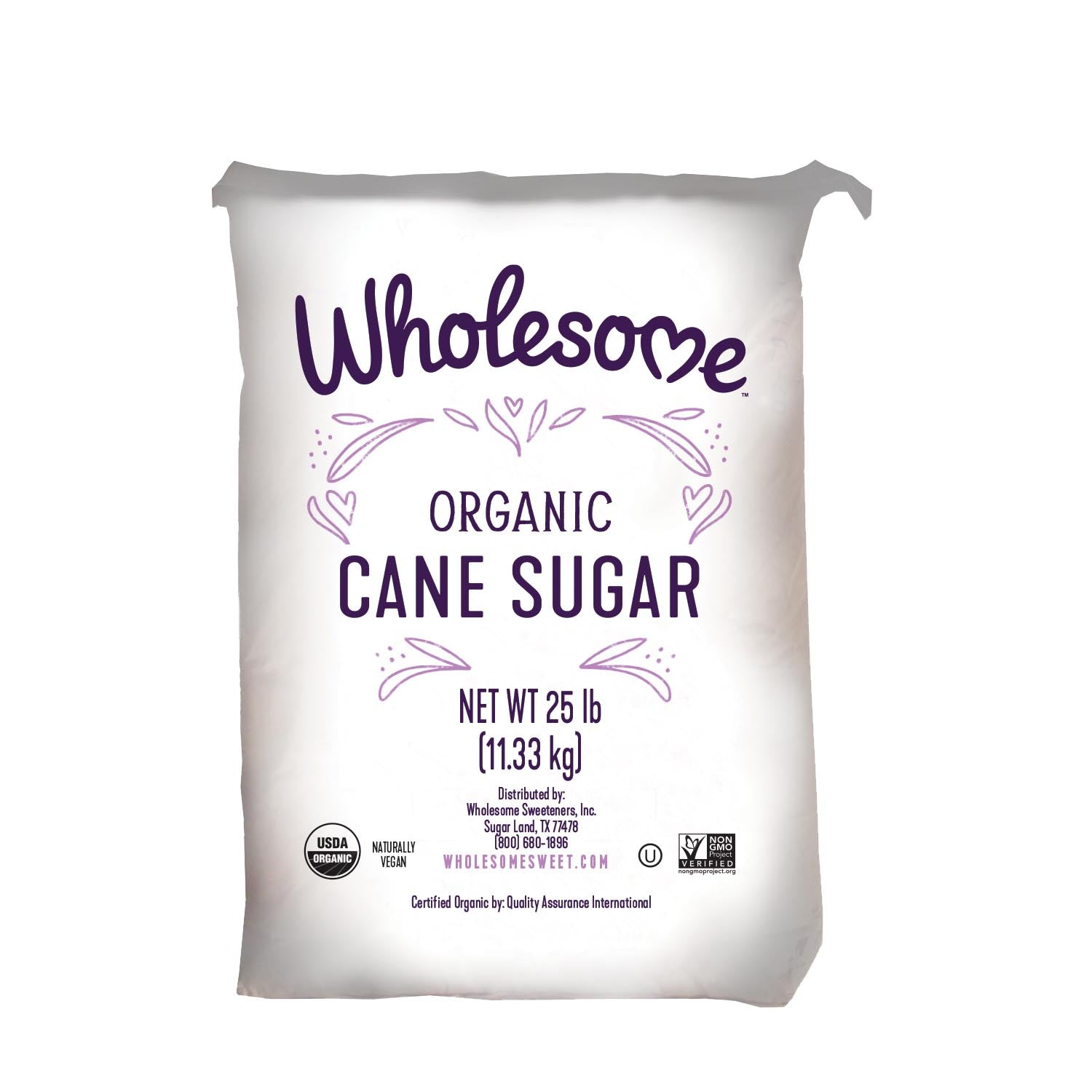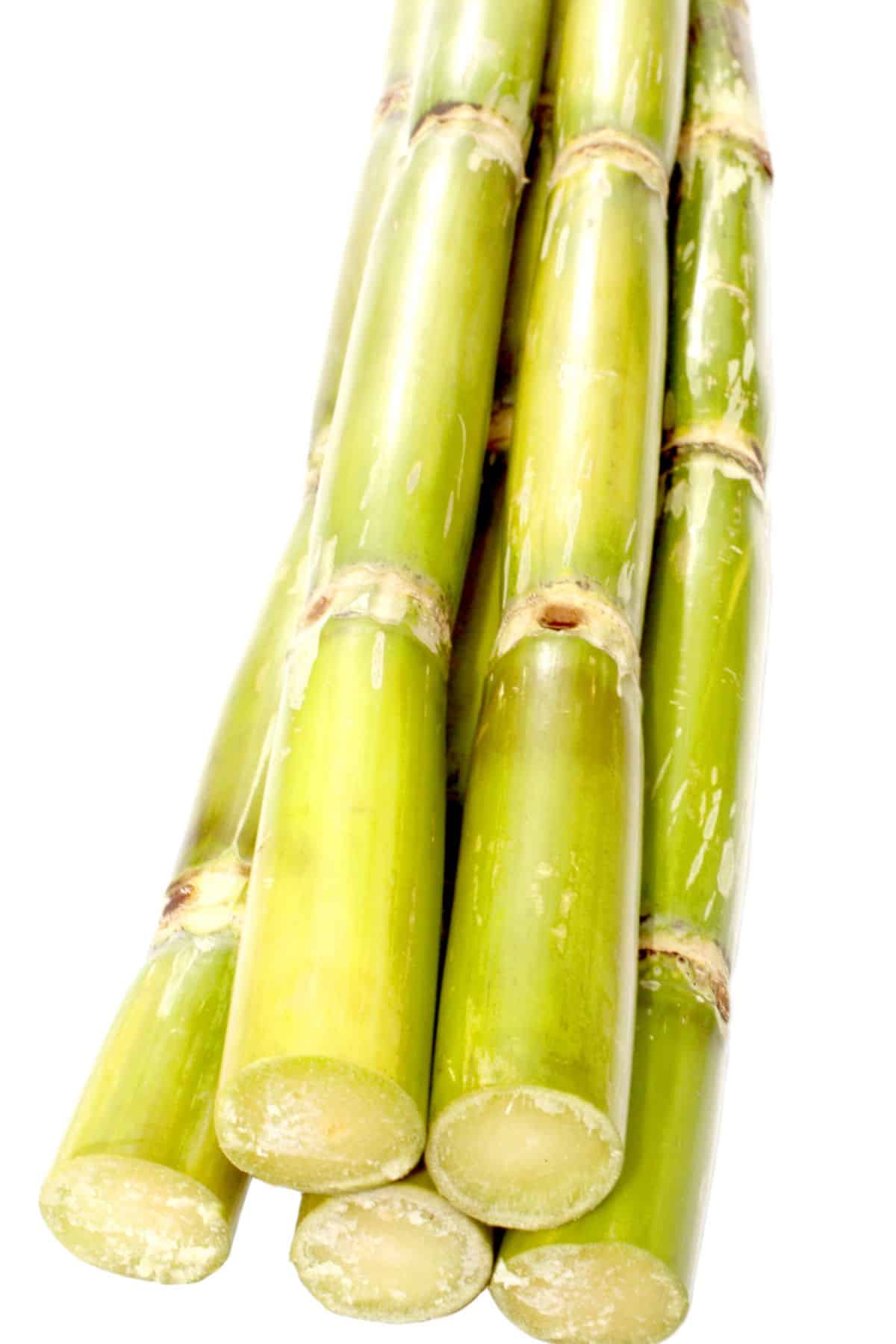An Extensive Guide to the Ecological Impact and Sustainability Practices in Walking Cane Sugar Handling
The environmental influence of walking stick sugar processing presents an intricate variety of difficulties that warrant careful exam. From soil degradation and too much water use to the carbon footprint linked with growing and production, the effects of standard methods are far-reaching. What certain practices can be implemented to strike an equilibrium between efficiency and environmental stewardship?
Review of Walking Stick Sugar Processing
Walking stick sugar processing entails a series of organized steps that change sugarcane into polished sugar. Initially, collected sugarcane is delivered to processing centers, where it undergoes cleaning up to remove soil and particles. Following this, the cane is squashed to extract juice, which is after that clarified by eliminating contaminations with home heating and the addition of lime.
The clarified juice goes through dissipation, where water is gotten rid of to concentrate the sugar content. These crystals are separated from the staying syrup making use of centrifugation, resulting in raw sugar.
The final product is after that dried out and packaged for distribution. Throughout this whole procedure, preserving performance and quality control is necessary to ensure the sugar meets industry requirements. Each action in walking stick sugar handling not just adds to the end product yet also has implications for resource use and waste generation, setting the stage for discussions on sustainability and environmental impacts related to sugar production.
Environmental Challenges of Production
The production of cane sugar presents several considerable environmental difficulties that warrant interest. One main worry is the considerable use agrochemicals, consisting of plant foods and chemicals, which can cause dirt deterioration, biodiversity loss, and contamination of neighborhood water resources. The overflow from sugarcane fields usually lugs these chemicals right into close-by environments, interfering with water life and impacting the health and wellness of areas reliant on these water bodies.
An additional obstacle is the high power consumption associated with sugarcane processing. The boiling and refining stages require significant warmth, largely created by melting fossil gas, adding to greenhouse gas exhausts. Furthermore, the extensive land area required for sugarcane growing can bring about logging and environment devastation, additional intensifying climate modification and threatening wild animals.
In addition, the labor methods in some areas increase ethical problems, as workers might deal with inadequate working conditions and poor earnings. This circumstance often continues a cycle of poverty in neighborhood neighborhoods. Cane Sugar Processing. Dealing with these ecological difficulties is crucial for establishing much more lasting practices in walking stick sugar production, eventually profiting both the environment and the areas included in this sector
Water and Land Use Influence
Water resources and land application are vital components in the cane sugar sector that substantially impact the setting. The cultivation of sugarcane needs substantial water input, with quotes recommending that it can consume approximately 2,000 liters of water per kilogram of sugar generated. This intensive usage of water often causes deficiency of local water resources, impacting not just the sugarcane ranches yet additionally surrounding environments and communities that rely upon the very same water resources for agriculture and domestic usage.

Additionally, land use for sugarcane cultivation can bring about logging and the conversion of natural environments right into monoculture vineyards. This practice reduces biodiversity, disrupts regional ecosystems, and adds to dirt deterioration. The development of sugarcane fields commonly encroaches on useful agricultural land, producing competitors for resources between food and biofuel manufacturing.
Sustainable methods, such as maximizing irrigation methods and executing plant rotation, are vital to mitigate these effects. By embracing extra effective water use and land monitoring methods, the walking cane sugar industry can minimize its eco-friendly impact, making sure an equilibrium in between agricultural productivity and environmental conservation.
Greenhouse Gas Emissions
Greenhouse gas exhausts represent a significant environmental problem within the cane sugar processing market, specifically as agricultural practices broaden to satisfy international need. The cultivation of sugarcane, a crop that thrives in tropical climates, depends greatly on artificial plant foods and chemicals, which add to laughing gas exhausts. In addition, land-use changes, including deforestation for new sugarcane vineyards, launch co2 stored in vegetation and soil.
Throughout handling, energy consumption is another major resource of greenhouse gas exhausts - Cane Sugar Processing. Several sugar mills make use of fossil gas to power equipment and create heat, causing significant carbon footprints. Furthermore, the transport of raw sugarcane and completed products includes layers of discharges through gas combustion in vehicles
This includes assessing current farming methods, processing methods, and transport systems to recognize areas for renovation and mitigation. Dealing with greenhouse gas emissions is vital for cultivating a more sustainable walking cane reference sugar market in an altering environment.

Sustainable Practices and Innovations
Sustainable techniques and technologies are progressively vital in the cane sugar handling market as stakeholders seek to lower ecological effects while maintaining productivity. One substantial improvement is the application of integrated plant monitoring, which enhances source use by incorporating soil monitoring, insect control, and plant rotation strategies. This approach boosts yield while lessening chemical inputs and preserving soil wellness.
Furthermore, the fostering of sustainable power sources, such as biomass from sugarcane residues, has actually gained grip - Cane Sugar Processing. By transforming waste products into power, processing facilities can lower their reliance on nonrenewable fuel sources, therefore lowering greenhouse gas discharges
Water monitoring practices have additionally seen improvements with the recycling and reusing of water in handling plants, significantly minimizing freshwater intake. Developments in modern technology, such as accuracy agriculture, enable farmers to check crop health and wellness and resource use better, guaranteeing lasting farming techniques.
Furthermore, accreditation programs like Fair Trade and Jungle Partnership urge environmentally responsible farming practices and promote social equity within the supply chain. By accepting these sustainable methods and advancements, the walking cane sugar handling sector can enhance its resilience and contribute positively to environmental stewardship.
Final Thought
The environmental effect of walking cane sugar handling presents significant challenges, including soil deterioration, high water usage, and greenhouse gas discharges, along with honest worries associated with labor techniques. Addressing these issues through sustainable techniques, such as incorporated plant monitoring, eco-friendly energy fostering, and water recycling, is essential. By promoting environmentally responsible and socially fair approaches in sugar manufacturing, the sector can alleviate its negative impacts, guaranteeing a more lasting future for both ecosystems and areas associated with this industry.
Cane sugar handling includes find here a series of organized actions that transform sugarcane right into polished sugar. Each step in walking cane sugar processing not only adds to the final product yet also has effects for source use and waste generation, setting the stage for conversations on sustainability and environmental impacts linked with sugar production.
Greenhouse gas exhausts represent a substantial environmental concern within the walking cane sugar processing sector, especially as farming methods increase to satisfy international demand.Lasting practices and advancements are increasingly crucial special info in the cane sugar processing sector as stakeholders seek to minimize environmental effects while keeping productivity.The ecological impact of walking stick sugar handling presents considerable obstacles, including soil deterioration, high water intake, and greenhouse gas emissions, together with moral issues connected to labor practices.
Comments on “Comprehending Cane Sugar Processing: A Comprehensive Review of the Stages”